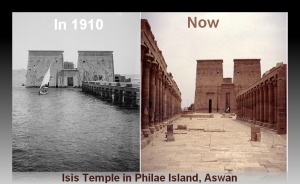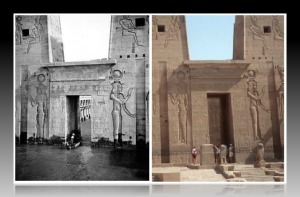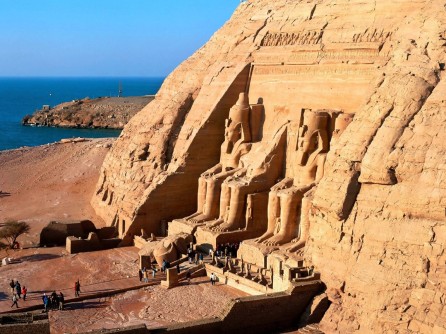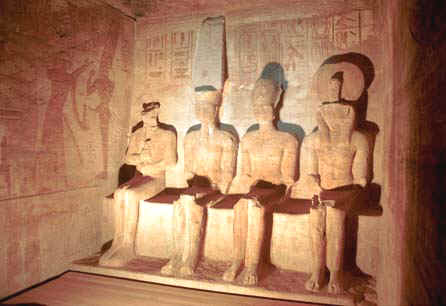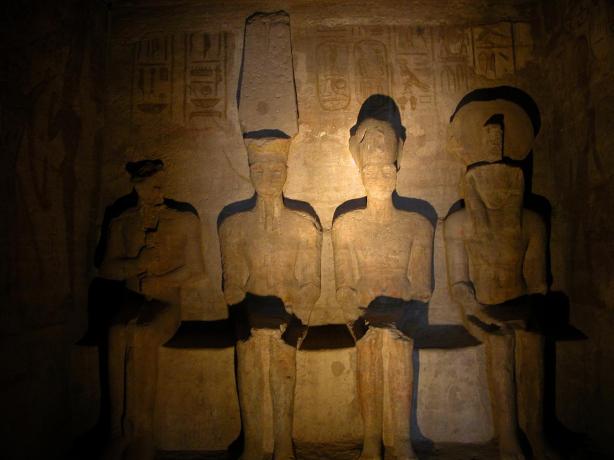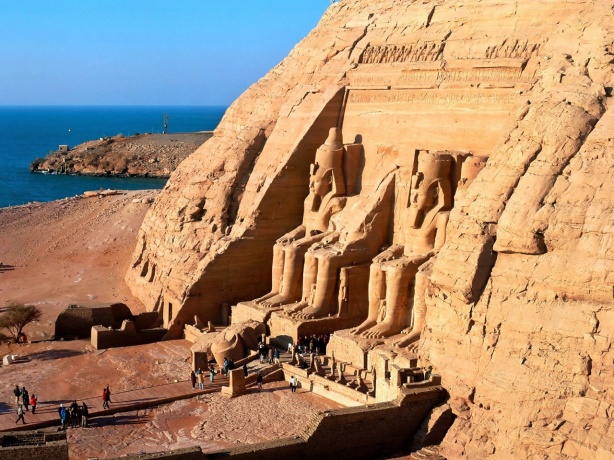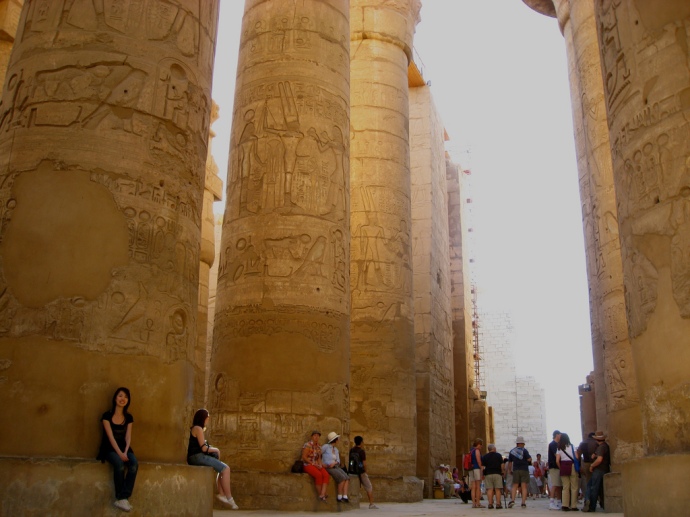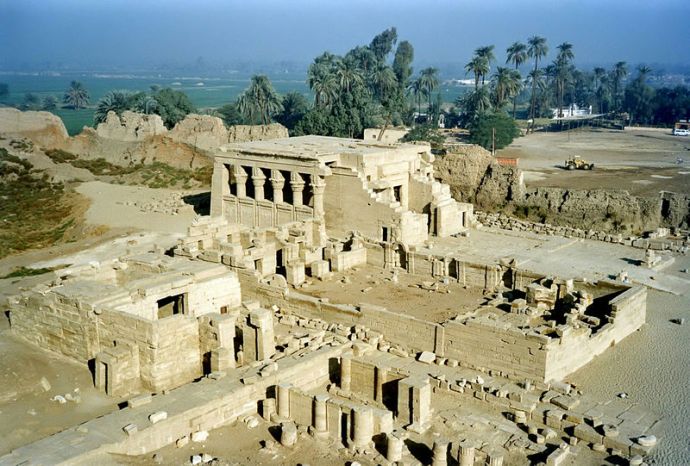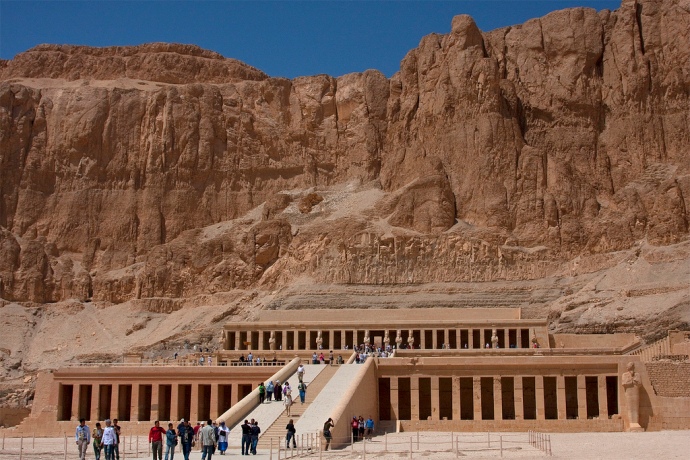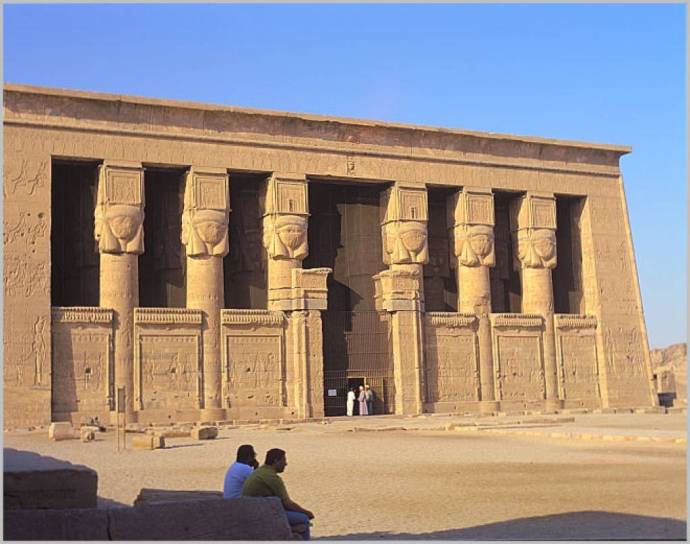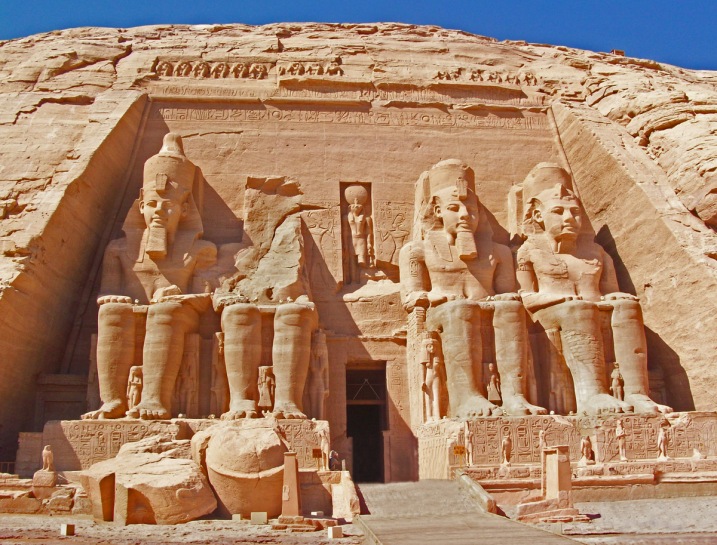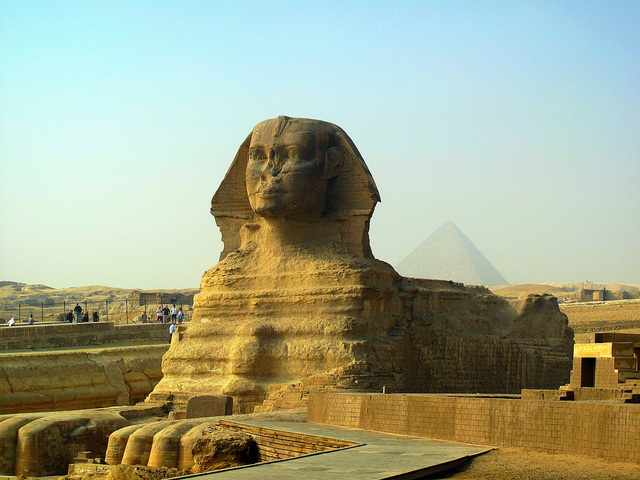
For years, Egyptologists and archaeologists have thought the Great Sphinx of Giza to be about 4,500 years old, dating to around 2500 B.C. However, some recent studies have suggested that the Sphinx was built as long ago as 7000 B.C.
The relatively new theory is based on what is thought to be “precipitation-induced weathering” on the upper areas of the Sphinx. Archaeologists supporting this view contend that the last time there was sufficient precipitation in the region to cause this pattern of rainfall erosion on limestone was around 9,000 years ago, 7000 B.C.
More traditional Egyptologists reject this view for several reasons. First, a Sphinx built earlier than 7000 B.C. would upset our understanding of ancient civilization, as there is no evidence of an Egyptian civilization this old.
Also, the new theory focuses only on a specific type of erosion and ignores other evidence that would support an age of 4,500 years. Among these: The Sphinx is a rapidly weathering structure, appearing older than it is; subsurface water drainage or Nile flooding could have produced the pattern of erosion; and the Sphinx is believed to resemble Khafre, the pharaoh who built one of the nearby pyramids of Giza. He lived circa 2603-2578 B.C.
It’s exciting to contemplate the existence of an unknown civilization that predates the ancient Egyptians, but most archaeologists and geologists still favor the traditional view that the Sphinx is about 4,500 years old.
Reference : msnbc.com
Posted by : Memphis Tours Egypt
Memphis Tours Egypt since 1955

